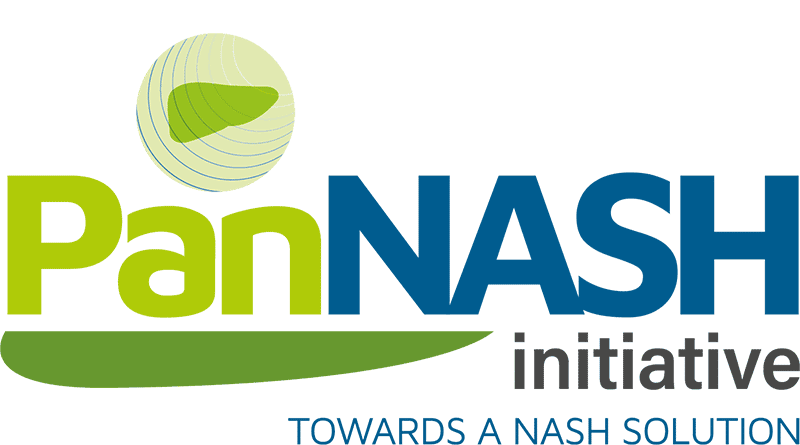Commented Articles
PanNASH covers commented articles ans publications to acquire sufficient information, understanding, and skills to cope with NASH/NAFLD healthcare demands.
Identifying patients with high-risk NASH: three ultrasound markers
Identifying patients with high-risk-NASH who are candidates for pharmacologic therapy remains a challenge. K. Sugimoto et al. (Tokyo Medical University, Japan) aimed to develop a score to identify patients with a NAFLD activity score of 4 or greater and clinically significant fibrosis...
Endolysosomal network and MAFLD
Genetic and epigenetic factors determining NAFLD risk
Predicting the individual risk of NAFLD and determining the probability of disease progression is the basis for further developing prevention and treatment strategies. This requires knowledge of the genetic and epigenetic modifiers of NAFLD for genotype-guided risk stratification...
A link between hyperuricemia and NAFLD
Hepatic lipid droplets and metabolic dysfunction in NAFLD
NAFLD risk factors after antiviral treatment for hepatitis C
Increased plasma XOR activity induced by NAFLD/NASH and its possible involvement in vascular neointimal proliferation
Xanthine oxidoreductase is an enzyme that catalyses hypoxanthine to xanthine and xanthine to uric acid, respectively. However, the underlying mechanisms of increased plasma xanthine oxidoreductase and its pathological roles in systemic diseases, such as atherosclerosis, are not fully understood...
Serum uric acid level and NAFLD in T2DM patients
This study aimed to investigate the association between serum uric acid level and NAFLD in 583 patients with type 2 diabetes (T2DM) hospitalised in the Department of Hepatology, Yantai Qishan Hospital (China). In this study, multivariate regression analyses demonstrated that after adjusting for confounding factors...
Sugar and fat increase the risk of advanced liver disease
In this editorial, P. Manka Essen University Hospital, Germany) and W. K. Syn (Medical University of South Carolina, USA) comment a study by Benhammou and colleagues, who evaluated the effects of NAFLD risk factors including obesity and diabetes on the long-term outcomes of patients with HCV treated with direct-acting antivirals...
Phytomedicines in experimental models of NAFLD
This systematic review aims to investigate the potential multi-targeting effects of plant-derived extracts in experimental models of NAFLD. The authors, A. Ore et al., (Ajayi Crowther University, Oyo, and Federal University of Agriculture, Abeokuta, Nigeria) identified 9 articles fulfilling their inclusion criteria...
NAFLD and coronary artery calcium score
This study by C. C. Chen et al. (Department of Family Medicine, Asia University Hospital, Taichung, Taiwan) investigated the association between NAFLD, diagnosed by ultrasonography, and coronary artery calcium score as detected by computed tomography in general populations in 545 patients...
